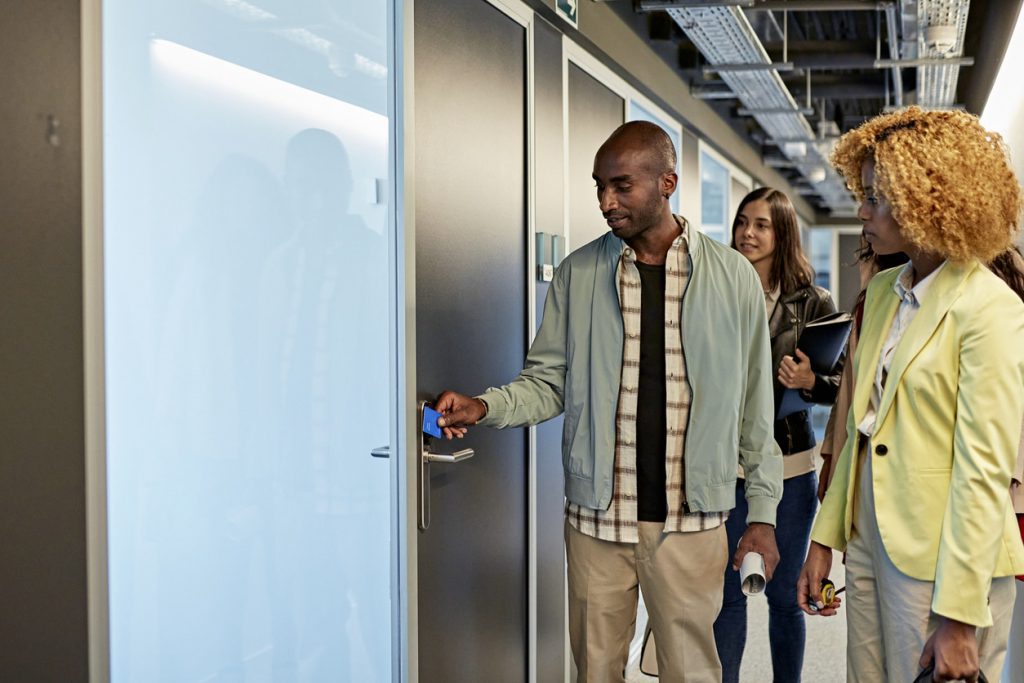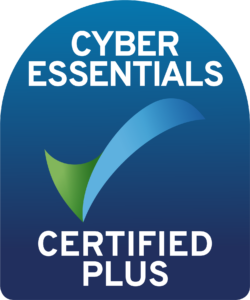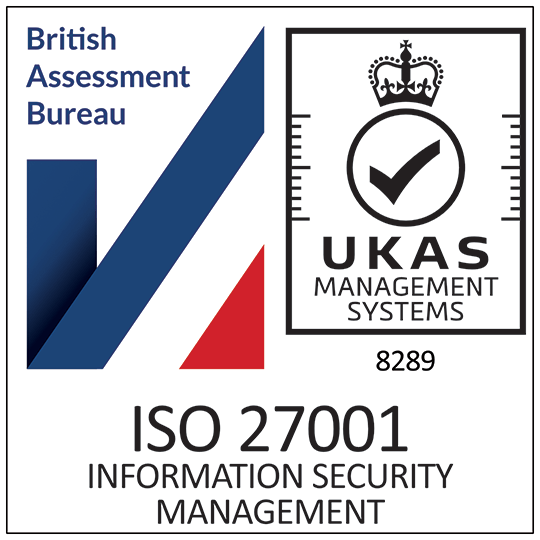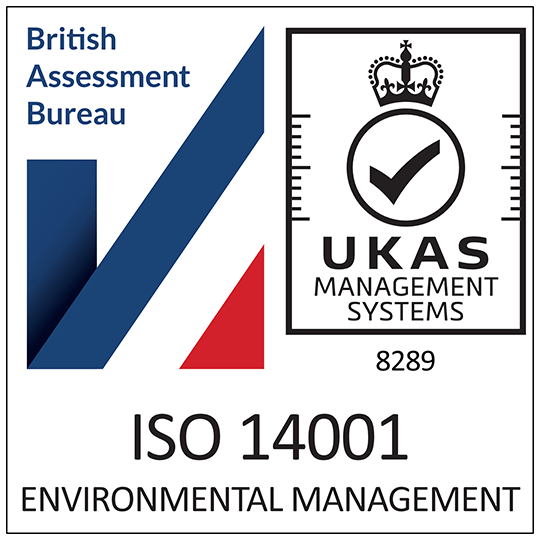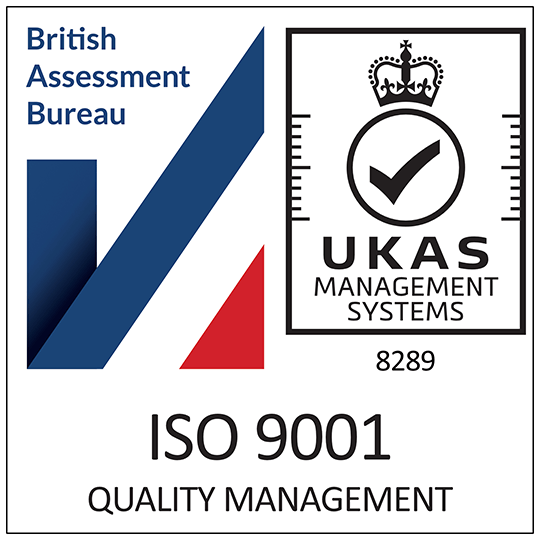What Are RFID Cards and How Do They Work?
Technology, equipment, and intellectual property worth billions are currently holed up in offices across the UK, often insufficiently protected and monitored. At a time when workplaces are often understaffed or sitting empty, business owners need systems in place to keep offices protected.
Thousands of businesses trust in RFID technology to enhance security and provide seamless access throughout their premises. But what is an RFID card? How does it work? And what can it offer your organisation?
In this guide, we’re covering everything you need to know about RFID cards, highlighting their benefits, features and personalisation options.
This guide will answer…
- What Does RFID Mean and How Does it Work?
- What Are the Benefits of RFID Cards?
- Should You Buy RFID Cards?
- Can You Personalise RFID Cards?
What Does RFID Mean and How Does it Work?
RFID stands for “radio-frequency identification”. It’s used to store and capture digital code on small RFID chips, tags, and labels, which are then transmitted to a receiver via radio waves.
RFID technology allows businesses to encode data on small chips attached to a plastic card. This can then be used for access purposes, with the card transmitting identification data to an external receiver.
Much like how barcodes work in a shop, RFID cards are connected to a central database that houses information about employees, customers, or members. This improves authentication, identification, and security, showing you who has accessed what and when.

What Are the Benefits of RFID Cards?
Those considering investing in RFID technology will want to know exactly what they’re getting for their money. So, to help you get to grips with what to expect, here are some of the key benefits that RFID cards can bring to your organisation.
- Improved security – RFID systems store employee-specific information in a central database, which greatly improves security, identification, and verification. Such technology also serves as an effective physical barrier, with limited override or cheat options for would-be criminals to exploit.
- Enhanced access – RFID cards simplify accessing premises, equipment, and systems. Users simply hold the card near the receiver to gain entry, so they’re an intuitive access control that doesn’t require forgettable codes or physical keys.
- More hygienic – because there’s no physical contact between an RFID card and its receiver, this reduces the spread of germs at access points around your business; a huge benefit given the current climate.

- Secure data – RFID technology is among the securest ways to safeguard employee, member, and customer data. With personal data stored in a central system, information is kept safe and secure, but with the option to amend and review details as needed.
- Inexpensive – given its prevalence, RFID technology is a relatively inexpensive access solution. Certainly, the initial purchase of receivers and software can present an outlay, but the low cost of printing new and replacement cards makes it a worthwhile investment in the longer term.
- Access and engagement analysis – RFID cards provide more than just a streamlined way of controlling access. The data they automatically accrue from employees and members can be used for a range of applications, from improving customer services to monitoring staff attendance and work hours.
- Personalisation – RFID cards can be personalised like any other key card, so they’re great for use as employee IDs or as proof of a member’s subscription status. More on personalising RFID cards later in the guide.
Should You Buy RFID Cards?
So, after hearing how they work and the benefits they offer, should you buy RFID cards for your business? There are a couple of things to consider before pulling the trigger, so ask yourself the following:
Is RFID technology right for our organisation?
As well as streamlined access, it’s worth bearing in mind RFID’s other applications when deciding if such cards are right for your business. The technology can perform a wide range of non-access related tasks, including:
- Asset tracking
- Counterfeit protection
- ID monitoring
- Inventory management
- Restricted hardware control
- Supply chain management

What are the disadvantages of RFID cards that I should know about?
Like all access control technology, RFID cards aren’t without their pitfalls. Some of the most notable disadvantages of the technology you should know about include:
- RFID cards may respond to multiple receivers at once, which can be a problem in some settings
- There’s a risk that RFID cards may be read inadvertently, which could jeopardise the security of some access points if employees aren’t aware they’ve triggered the system
- Some RFID systems can be unreliable; read reviews and testimonials to ensure you invest in a competent and dependable system
Can You Personalise RFID Cards?
One of the main advantages of RFID cards is that they can be personalised like any other key card. This makes them ideal for employee or member IDs, with the option to add a range of person- and company-specific information to the front and rear of the card.
At Swype, we’ve been printing and personalising RFID cards for years, helping businesses protect their assets with bespoke access controls. Our high-quality, fully customisable RFID cards can be personalised to your exact specification, with the option to add names, numbers and full-colour photographs and visuals to both sides of your cards.
We hope this guide has shed light on RFID cards and their capabilities. To learn more about RFID technology, receive a free quote or place an order, our experts are here to help. Simply visit the homepage or call us on 01744 815 475.
